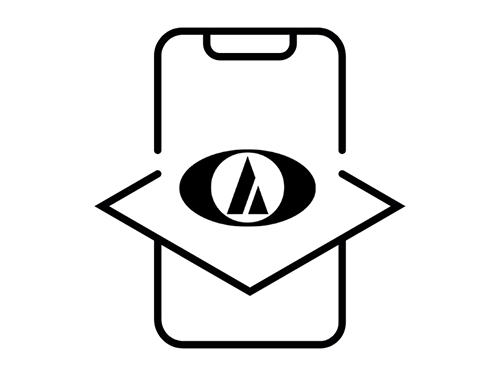Find out how a sushi robot would fit inside your kitchen space with our new AR app!

The AR installation simulation app creates a life-size 3D model of an AUTEC Sushi Robot of your choice within your smartphone camera.

The AR installation simulation app creates a life-size 3D model of an AUTEC Sushi Robot of your choice within your smartphone camera.
Kitchen Equipment
Automation